How To Choose A Teapot
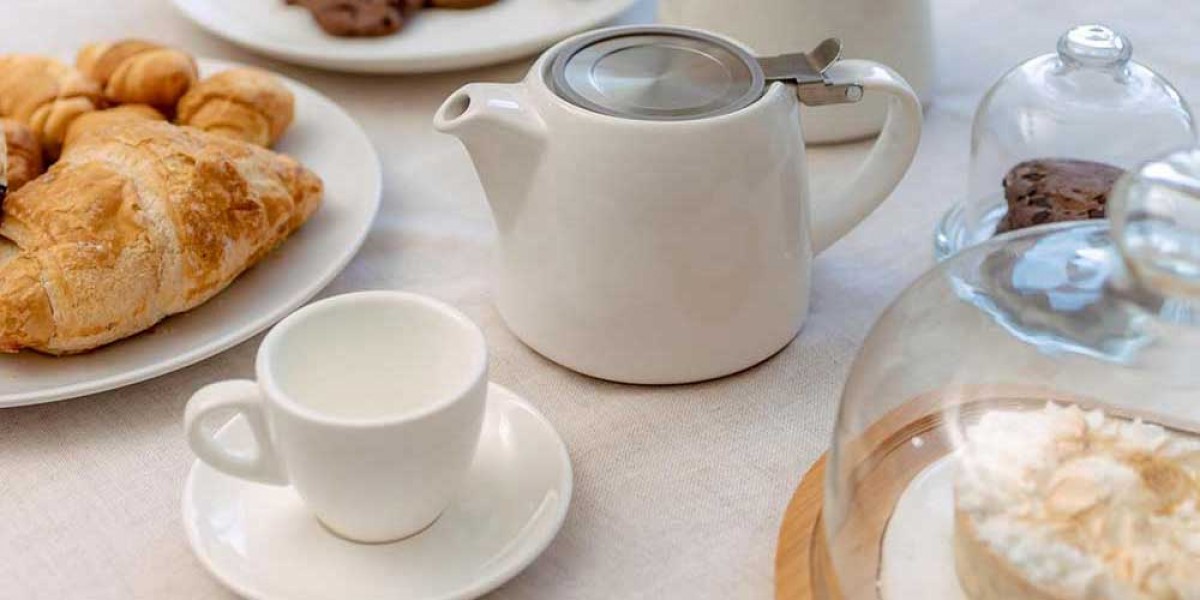
How To Choose A Teapot
Choosing a teapot depends on a number of different factors: How will that teapot be used? How many people will use it? What type of tea is being served? There's lots to consider and the huge range of teapots available makes it easy to become overwhelmed. Fortunately, however, finding your perfect teapot ultimately comes down to five simple criteria:
Material / Size / Shape / Colour / Infusers
This guide will help identify your needs in each area. You can then simply browse to find the perfect teapot for the needs of your business.
What material makes the best teapot?
No particular material makes the definitively perfect teapot and this is why there are multiple options available when choosing a beverage pot. Whether it's stainless steel, ceramic, fine porcelain or glass, each material has its own unique advantages. That's why it can be such a hard choice!
Your choice of material also says something about your business. Stainless steel teapots can be seen as a practical choice, whereas porcelain teapots are linked with fine dining and prestigious set-piece teas, such as afternoon tea. Cafetieres work for coffee in much the same way, with each material suiting a particular type of dining.
There are also practical benefits and drawbacks to every type of teapot. These need to be balanced with customers' expectations of your business to find the right fit.
TIP: Some collections such as Olympia Cafe combine materials to give you the benefits of both.
Advantages of stainless steel teapots
Durability: Stainless steel is stronger and more durable than ceramic alternatives, protecting your business from the cost and inconvenience of breakages.
Heat Retention: Stainless steel is an excellent heat retainer and will keep tea hot for longer than many ceramic or porcelain alternatives. This lets customers enjoy hot tea for longer.
Low Maintenance: Unlike other metal teapots (such as cast iron), stainless steel requires very little maintenance. As most stainless steel teapots have hinged lids, you also won't need to worry about spares!
Lightweight: Stainless steel is extremely light. This makes it ideal for any scenario where staff have to hold teapots for a long time, such as table service at breakfast buffets or with the popular airline teapot design.
Contemporary Look: Stainless steel is bright, modern and understated, although this is very different to luxurious porcelain.
Disadvantages of stainless steel teapots
Overheated Handles: As stainless steel is such a great heat conductor, there's a risk of handles becoming unpleasantly hot. Many of our teapots overcome this with carefully designed handles which limit the effect.
Oversteeped Tea: It's not necessarily good to keep some teas hotter for longer. Whilst stainless steel pots are great for bagged tea, keeping loose leaves boiling hot can lead to an unpleasant, oversteeped taste as the tea continues to release tannins.
Less Luxurious: Whilst stainless steel is bright and modern, it does not have the traditionally luxurious appeal of porcelain teapots.
TIP: Mirror finish stainless steel is more bright and reflective than brushed finish.
Advantages of porcelain teapots
Delicate, refined appearance: Porcelain teapots are extremely popular amongst luxurious hotels and restaurants for their translucent and refined appearance.
Low heat transference: Porcelain doesn't transfer heat in the same way as stainless steel, making porcelain teapots easier to handle by staff and customers.
Relatively durable: Whilst not as strong as stainless steel, porcelain is usually less likely to break than ceramic teapots.
Disadvantages of porcelain teapots
Low Heat Retention: The reason that porcelain is relatively cool to the touch is because it is a poor heat conductor. This means that liquid cools quickly, although customers will still have plenty of time to savour their tea.
Possible Temperature Shock: Historically, porcelain may have cracked when immediately exposed to boiling hot water. That said, thermal shock is now extremely unlikely due to the elimination of imperfections and better vitrifcation.
TIP: Porcelain teapots are made of a finer clay and fired at a higher temperature than ceramic equivalents.
Advantages of ceramic teapots
Heat Retention: Ceramic teapots offer medium heat retention and are therefore an excellent compromise between stainless steel and porcelain. They are simultaneously unlikely to be too hot to hold, or overstew your tea.
Wide Range of Designs: Not only are lots of teapots made from ceramics, but this versatile material is also available in a broad range of sizes and contemporary and traditional designs.
Disadvantages of ceramic teapots
Potential Flavour Retention: Unglazed or unvitrified teapot interiors can absorb flavours over time and corrupt your future brews. That's why there are very few unglazed commercial ceramic teapots.
Lower Damage Resistance: Some Ceramic teapots can chip more easily than either porcelain or stainless steel pots. Fortunately, modern teapot manufacturers take care to maximise teapot chip resistance and there are also a wide array of replacement teapot lids available.
Cleaning: Ceramic teapots can be slightly more prone to staining than porcelain equivalents and therefore require an occasional quick additional wipe to remove internal tea marks.
TIP: Some experts suggest the habit of adding milk to a teacup before the hot liquid is to prevent the ceramic cracking due to thermal shock.
Advantages of glass teapots
Viewing pleasure: Glass teapots are excellent for monitoring the progress of your brew and measuring the infusion more precisely. This is also why they can be fun for cocktails!
Disadvantages of glass teapots
Showcasing Staining: As glass teapots are completely transparent, it's vitally important to keep them spotlessly clean. Any small marks will be very easy for customers to see.
What Size Teapot Should I Get?
Everyone's thirst will vary and people enjoy differing quantities depending on the variety of tea. Whilst strong Oriental teas can be served in 4oz cups and smaller, most teacups are between 6oz and 8oz (170 - 225ml) in size.
Using this as a rough guide, you can then estimate the size of teapot you want. For example, you may want your teapots for one to be generous and hold enough for two cups. Conversely your teapot for two might only hold roughly that amount to encourage reordering.
| No. of Cups | 1 | 2 | 3 | 4 | 5 |
| Millilitres | 170 - 225 | 340 - 450 | 510 - 675 | 680 - 900 | 850 - 1125 |
| Fluid Ounces | 6 - 8 | 12 - 16 | 18 - 24 | 24 - 32 | 30 - 40 |
TIP: A wide range of the teapots and coffee pots that we stock are part of collections which include matching mugs, cups, saucers and side plates. It's therefore easy to create the perfect tea set to match any size of teapot from collections including Olympia Kiln and Olympia Cafe.
What type of teapot shape is best?
So, you've identified the material and size of teapot you want. Now it's time to think about style. This often links with material: Many porcelain teapots are in a traditional style, for example. Although there are some practical reasons behind different styles of teapot, choosing a design also often relates to personal preference or what’s right for your business.
Equally, not every design fits a convenient definition, but could still be the one for you! Have a look at these classic designs and consider which style or combination of styles would be most beneficial to you and your customers:
| Hobnail Teapots | |
| Features | Low, broad body and elevated carrying handle. Typically with a dimpled design, broad opening and mesh strainer |
| Benefits: | Much like the Japanese Tetsubin kettles after which they are designed, these hobnail teapots are designed for pouring smaller quantities of Asian teas such as Oolong or Chun Mee |
| Suits Businesses: | Which serve Asian tea or want to emphasise the exotic nature of their herbal blends |
| Compact Teapots | |
| Features | Space-saving spouts and handles to minimise the storage space each teapot takes up |
| Benefits: | Compact teapots such as Olympia Kiln teapots and the Forlife Stump Teapot collection take up little space for maximum capacity |
| Suits Businesses: | Where space is at a premium. Compact teapots also often have modern designs which are designed for contemporary businesses |
| Upright Teapots | |
| Features | Taller and more slender design, akin to a coffee pot |
| Benefits: | These beverage pots can often be used as either teapots or coffee pots |
| Suits Businesses: | Which want to economise and use the same beverage pots for either tea or coffee |
| Traditional Teapots | |
| Features | A broad belly, elegantly scrolled handle, long fluted spout and domed lid |
| Benefits: | Elegant design for formal occasions and traditional settings |
| Suits Businesses: | Which value sophistication and quality. Ideal for afternoon teas or premium table settings |
| Rounded Teapots | |
| Features | Rounded body and narrow base to minimise heat transfer with cold tabletops |
| Benefits: | Keeps tea hot by limiting heat transfer. More traditional than compact alternatives |
| Suits Businesses: | That want a cute design which is still traditional |
TIP: Remember that many teapots combine elements of each of these designs, meaning that your perfect teapot could have influences from more than one.
Choosing the right colour of teapot
Historically, British teapots used to be a gloss brown known as a 'Brown Betty' pot. Made from the characteristically red clay around Stoke, this popular colour was soon rivalled by gloss white pots which were associated with higher quality tea drinking. These days, teapots are available in almost any conceivable colour. Whilst most stainless steel teapots are predictably silver and porcelain pots tend to be white, ceramic teapots are available in a very broad palette.
Finding the perfect colour teapot is about finding the right look for your business. The bright tones of the Olympia Cafe or Forlife Stump collections are good for vibrant businesses serving modern infusions, but might not suit a formal restaurant environment. By comparison, Olympia Kiln's teapots are offered in a broad range of earthy tones which suit the organic goodness and welcoming rustic atmosphere of many bustling specialist cafes.
TIP: Learn more about the importance of the colour of your crockery with the our comprehensive guide Choosing the Right Colour Plates
Do you need an infuser?
The final question when identifying your perfect teapot is whether or not you require a tea infuser. Whilst some teapots have an inbuilt infuser, freestanding infusers are also available. This may be fractionally less neat and require additional separate storage.
What's a tea infuser?
A tea infuser is a perforated or mesh device which is filled with dried tea leaves. When lowered into hot water, infusers allow water to circulate around the leaves and provide an even brew or steeping. Tea infusers or strainers can be built into a teapot to enable the customer to remove the leaves after an appropriate amount of brewing.
What does a tea infuser do?
Tea infusers are the neatest way of brewing loose leaf teas and having control over when to stop that brewing process. They allow water to infuse your loose leaves and provide an even brew. The fine holes prevent bits of leaf entering your brew and make it easy for even inexperienced drinkers to enjoy loose leaf teas.
TIP: The Olympia Cafe and Olympia Kiln collections both offer contemporary teapots with discreet stainless steel infusers.

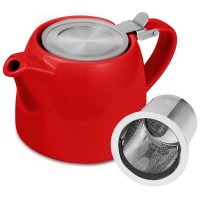
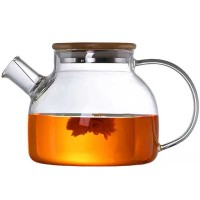
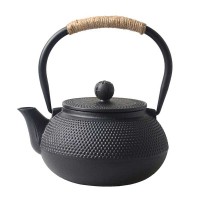
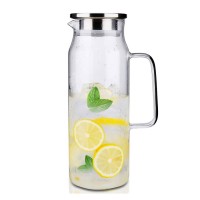
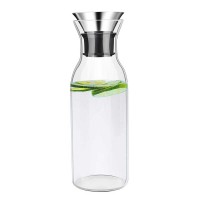
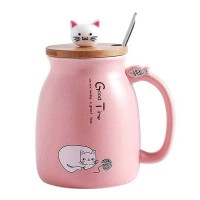
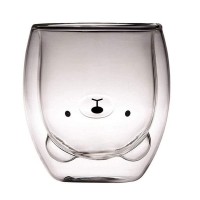
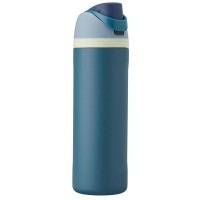

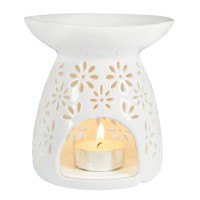
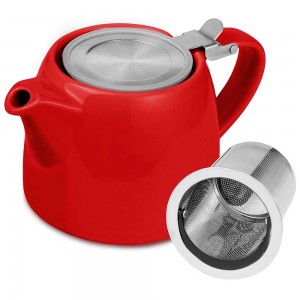


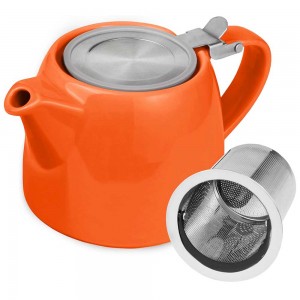
Leave a Comment